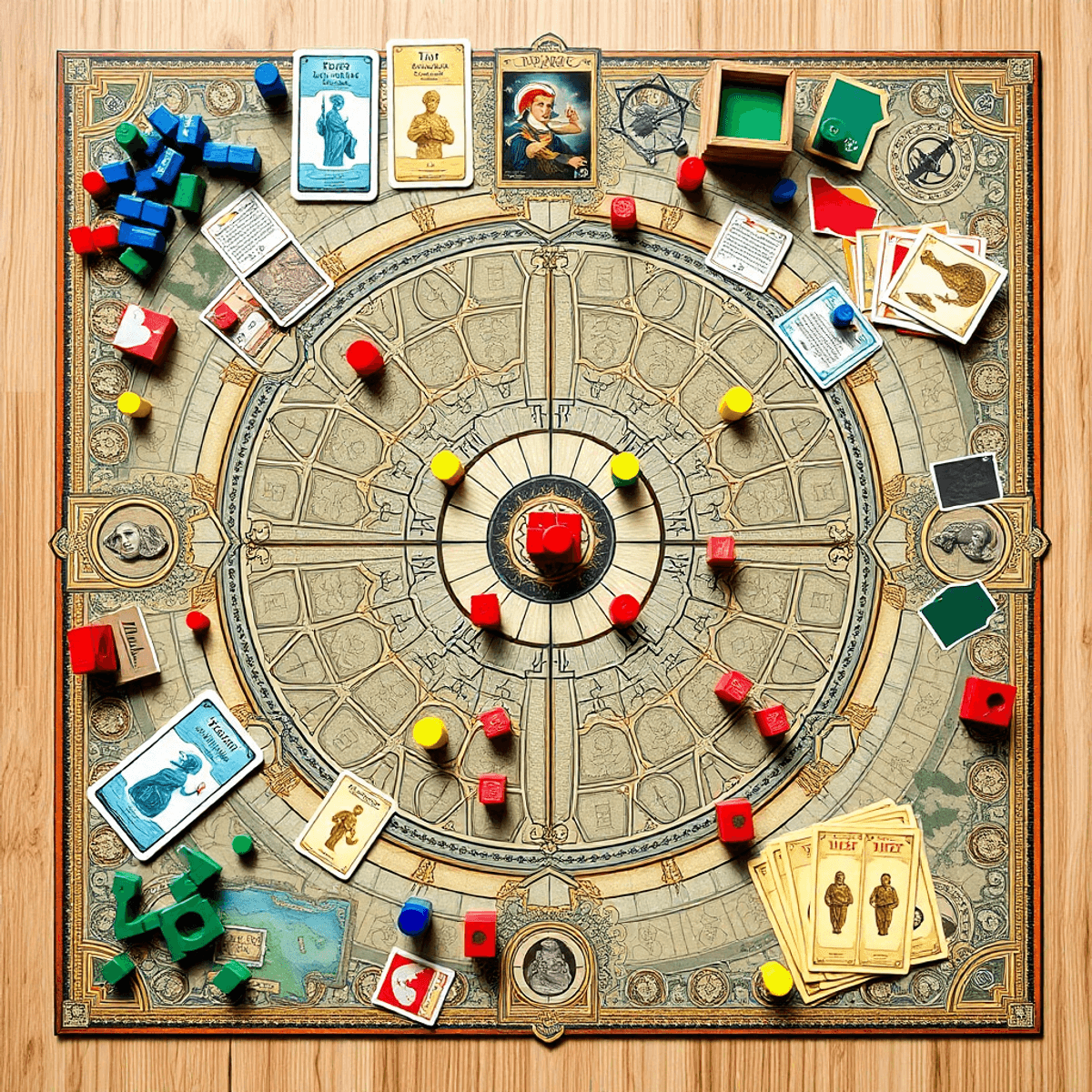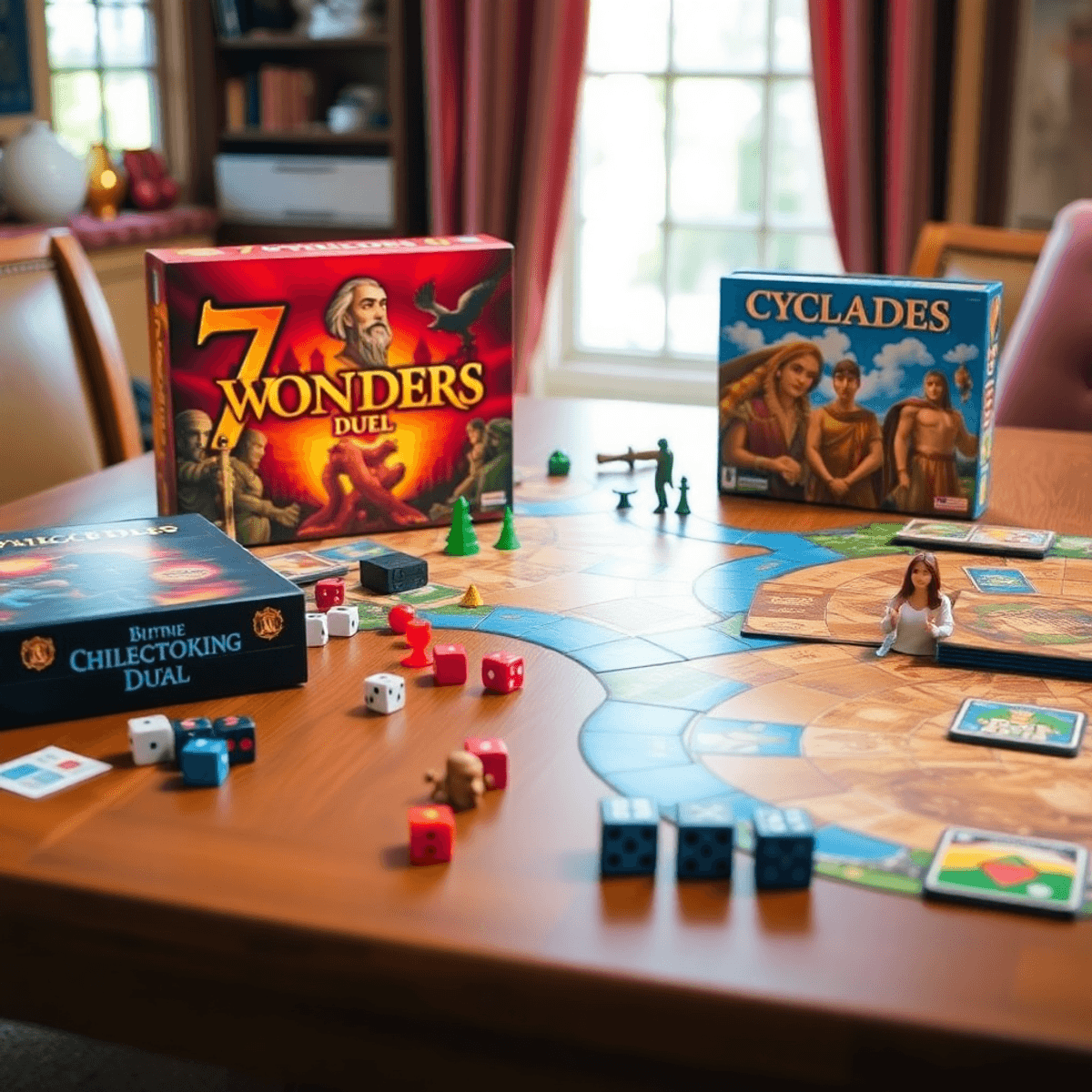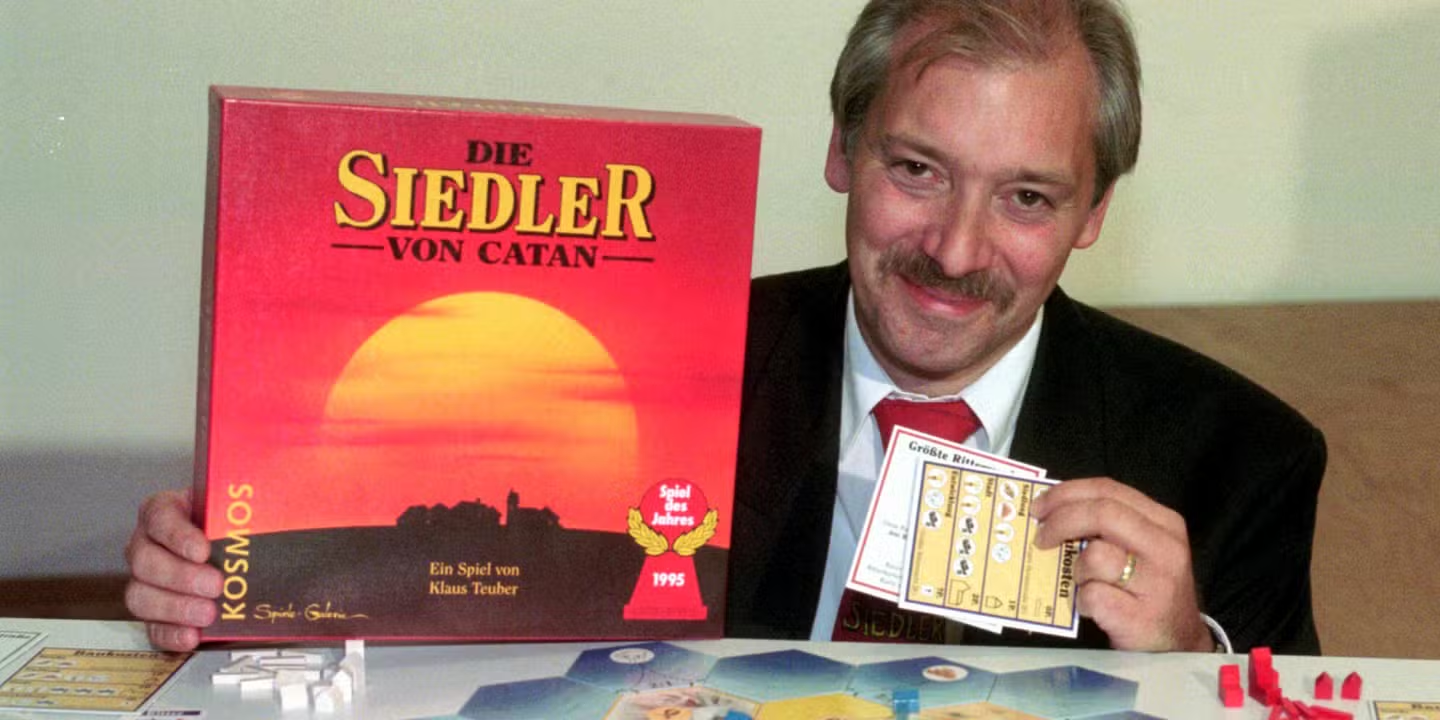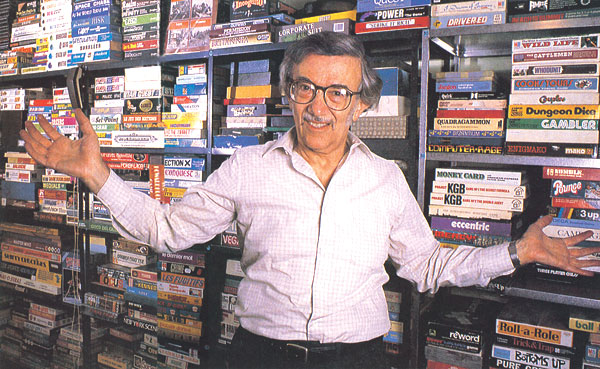
🎲 From Numbers to Board Games: The Journey of Reiner Knizia
Before becoming one of the most influential board game designers, Reiner Knizia built a career in mathematics and banking. Born in 1957 in Germany, Knizia earned a Ph.D. in mathematics and worked in the financial sector. However, his passion for game design led him to leave his corporate career behind and fully commit to board game creation.
His background in probability, statistics, and risk analysis shaped his game design philosophy, making his games known for their mathematical precision and strategic depth. Over the years, he has designed more than 700 games, cementing his status as one of the most prolific game creators of all time.
🏆 The Core Design Philosophy of Reiner Knizia
Knizia’s games stand out due to their elegant mechanics, minimal reliance on luck, and deep strategy. He often follows three key principles in his designs:
- Mathematical Simplicity – His games have streamlined mechanics, making them easy to learn but difficult to master.
- Player Interaction Over Complexity – Many of his games focus on outthinking opponents rather than relying on randomness.
- Theme as a Secondary Element – Unlike Ameritrash games that emphasize narrative, Knizia’s designs often prioritize mechanics over theme.
This Eurogame-style approach has influenced countless modern board game designers.
🎮 Reiner Knizia’s Most Iconic Board Games
Knizia’s portfolio spans abstract strategy, auction mechanics, and tile-laying games. Some of his most famous titles include:
🐪 Ra (1999) – A Masterpiece of Auction Strategy
- A push-your-luck auction game with an Ancient Egyptian theme.
- Players must balance risk and reward when bidding for tiles.
🏰 Tigris & Euphrates (1997) – A Deep, Abstract Civilization Game
- One of Knizia’s most acclaimed games, focusing on conflict and civilization-building.
- Players expand their kingdoms while managing internal conflicts and external rivalries.

Explore the deep strategy behind one of Knizia’s most celebrated games.
🎭 Modern Art (1992) – A Brilliant Game of Auctions
- A pure auction game where players bid on artwork and determine market values.
- Features five different auction types, each requiring unique strategic thinking.
🔺 Lost Cities (1999) – A Simple Yet Addictive Two-Player Card Game
- A push-your-luck and hand-management game designed for quick, tactical play.
- Players must decide whether to invest in multiple expeditions or focus on a few high-scoring ones.
🛡 Samurai (1998) – Elegant Area Control Mechanics
- A tile-laying game that challenges players to capture influence in feudal Japan.
- Combines abstract strategy with deep player interaction.
These titles represent only a small part of Knizia’s massive portfolio, but each demonstrates his talent for balancing simplicity with deep strategy.
View Knizia’s full portfolio and ratings on BoardGameGeek.
📚 The Lasting Influence of Reiner Knizia on Board Gaming
Knizia’s impact on board gaming is undeniable. His design principles have:
- Inspired a new generation of game designers to focus on mechanical elegance over unnecessary complexity.
- Introduced innovative auction, tile-placement, and set-collection mechanics that continue to influence modern game design.
- Helped popularize abstract strategy games, proving that a game doesn’t need heavy theme or miniatures to be engaging.
Even decades after their release, Knizia’s games remain highly rated, widely played, and frequently reprinted, solidifying his legendary status in tabletop gaming.
Hear directly from Knizia about his game design philosophy.
🎭 Conclusion: Why Reiner Knizia’s Games Stand the Test of Time
Reiner Knizia has transformed modern board gaming with his brilliantly simple yet deeply strategic designs. His games prove that elegant mechanics and strong decision-making create experiences that last for decades. Whether it’s an intense auction in Ra or a strategic battle in Tigris & Euphrates, Knizia’s games offer something for every board game enthusiast.






